India’s Many Gifts to Tea Culture Worthy of AAPI Celebration
China gifted the world with traditional tea, Camellia sinensis, more than 2,500 years ago. About 1,000 years later, tea arrived in Japan. It didn’t take long for cultures scattered across the island nation to embrace tea, giving us matcha. Japanese tea artisans also normally use steam to halt oxidation. The preference for steam yields uniquely flavored brews that vary from typical Chinese teas, where roasting rather than steam gets leveraged.
Tea didn’t really make it to India until the 19th century. But Indian tea’s impact on worldwide consumption is staggering. And the migration of tea grown in India to countries around the globe hinges on England. It was in the 19th century that English traders, seeking tea from somewhere other than China, fostered the widespread cultivation of tea in India, which at the time was an English colony.
The iced tea many of us sip through summer? Much of the tea comes from India, along with countries like Sri Lanka, Kenya and China. Those boxes of tea bags sitting on grocery store shelves, priced at $5 for 100 tea bags? Indian tea represents a big part of the content of those dusty little bags.
Indian tea offers bold flavor, versatility
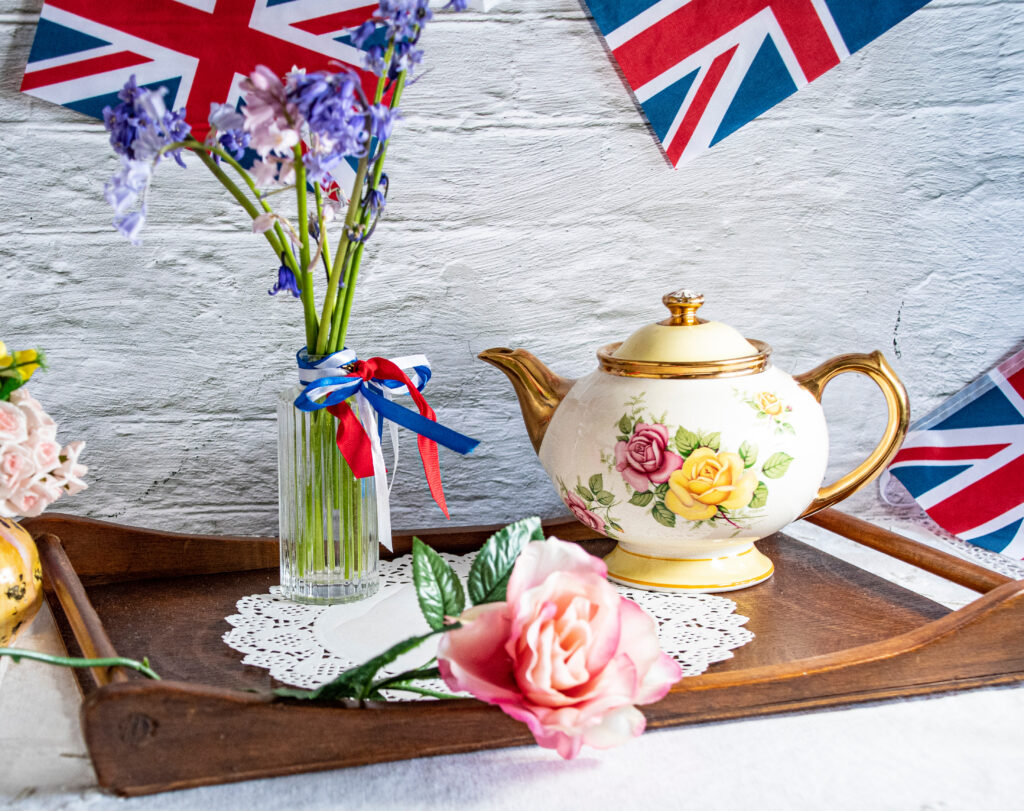
But tea from India isn’t all meant for convenience store iced tea in bottles and stacks of teabag-stuffed boxes on market shelves. In fact, many kinds of tea from India are prized by keen tea lovers—including Queen Elizabeth II, who like many people in the United Kingdom sipped black tea every day. Her preferred style: Earl Grey, which is black tea enlivened with oil from bergamot, an Italian citrus fruit.
Most of India’s finest teas come in two styles: Assam and Darjeeling. Assam comes from a novel cultivar of Camellia sinensis: Camellia sinensis var. assamica. All other styles of Camellia sinensis, including Darjeeling, come from Camellia sinensis var. sinensis.
Assam shrubs, which support larger leaves than with the sinensis cultivar, thrive in the loamy soil of Bengal, which experiences heavy rainfall and blistering temperatures. The terroir is extremely conducive for growing tea. Assam tea is also known for assertive, malty flavors. Assams are robust and full-bodied.
Farmers in Darjeeling, which is in the foothills of the Himalayas, grow Darjeeling. It’s known as the “Champagne of teas,” and proffers floral aromas and more delicate flavors. Darjeeling tea also offers a distinct muscatel flavor when brewed.
Spotlight on Indian teas during Asian American Pacific Islander Heritage Month
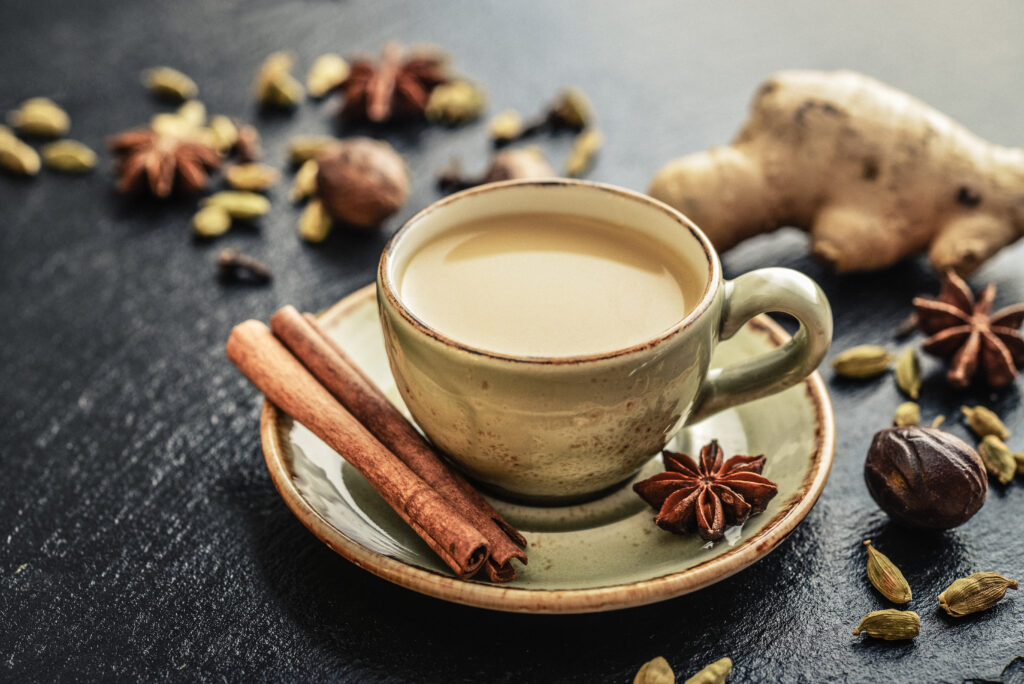
As people across the United States celebrate Asian American Pacific Islander Heritage Month in May, now is a fantastic time to explore the glorious world of teas from India.
While we will showcase a Darjeeling and Assam tea, we also will wade into the wonderful world of chai. While Japan presented the world with matcha, one of India’s most compelling contributions has been chai. This heady blend of black tea with spices and herbs, doused with milk and sweetened, enchants beverage lovers everywhere. And as with matcha, chai has found its way into a diversity of dishes far removed from tea: cupcakes and cookies, savory pork dishes and smoothies; the range of dishes is extensive!
Indian Teas for AAPI Month: Darjeeling 1st Flush Organic
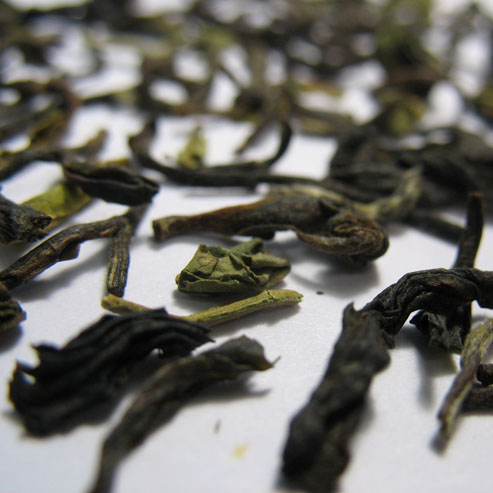
What’s first flush? In the tea world, it refers to tea buds and leaves that are the first to be harvested for the year; with Darjeeling, that means late February to early April. Tea shrubs continue producing leaves across the year. But it’s those buds and leaves that get plucked the earliest that tea connoisseurs especially favor.
These silver tea buds, which are harvested in Darjeeling’s high altitude, get rolled and elongated before tea farmers prepare them for storage. Once brewed, the buds offer a full-bodied and honey-toned brew, with notes of muscatel grape. The elixir has a pronounced fragrance and taste suggestive of ripe fruit.
Indian Teas for AAPI Month: Assam Superior
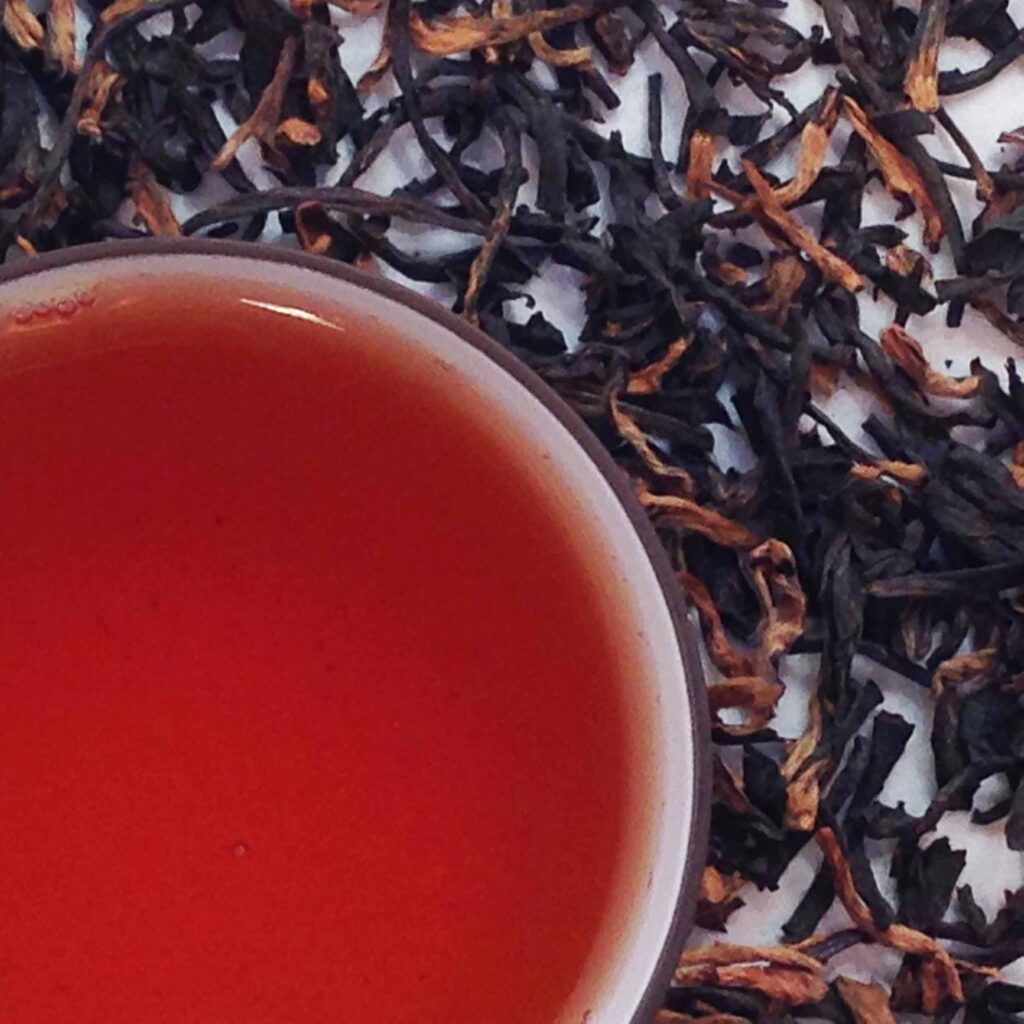
Black tea aficionados, this is for you! Our Assam Superior grows on the famous Meleng Estate, along the Brahmaputra River in the lush, tropical north-east corner of India. This tea’s golden tips transform hot water into a bright amber liquor with a chocolaty aroma. It offers Assam’s classic malty flavor, but with more depth and a whisper more sweetness. Wonderful!
Indian Teas for AAPI Month: Bombay Chai
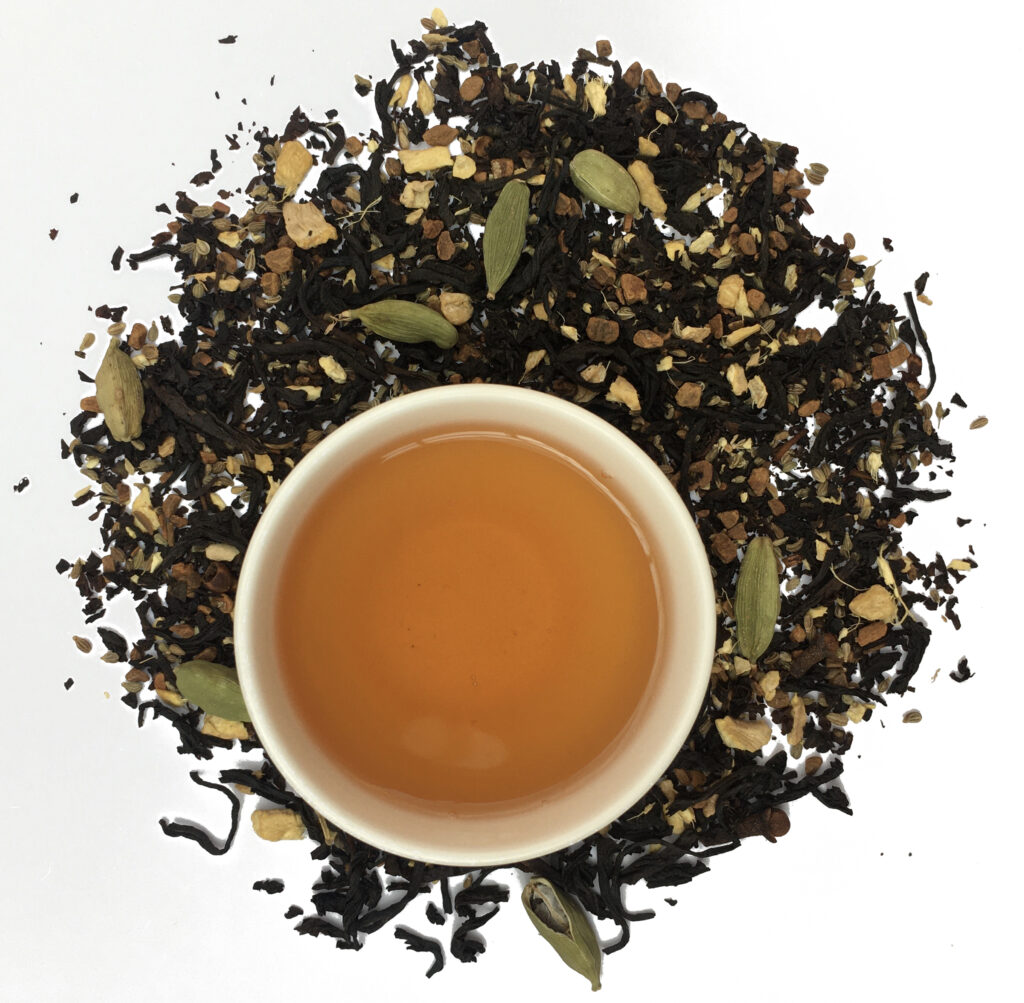
We always carry at least 10 chais, from traditional formulas to bespoke house blends. This spectacle of spicy gorgeousness reflects the kind of sweet chai that people sip across Bombay all day, every day. As with most chais, it rests on a foundation of black tea. To that, this traditional style includes ginger, cardamom, cinnamon, cloves and anise seed. For an authentic chai experience, boil the tea with milk, sugar and fresh ginger. You’ll love it.
Indian Teas for AAPI Month: Firefly Chai
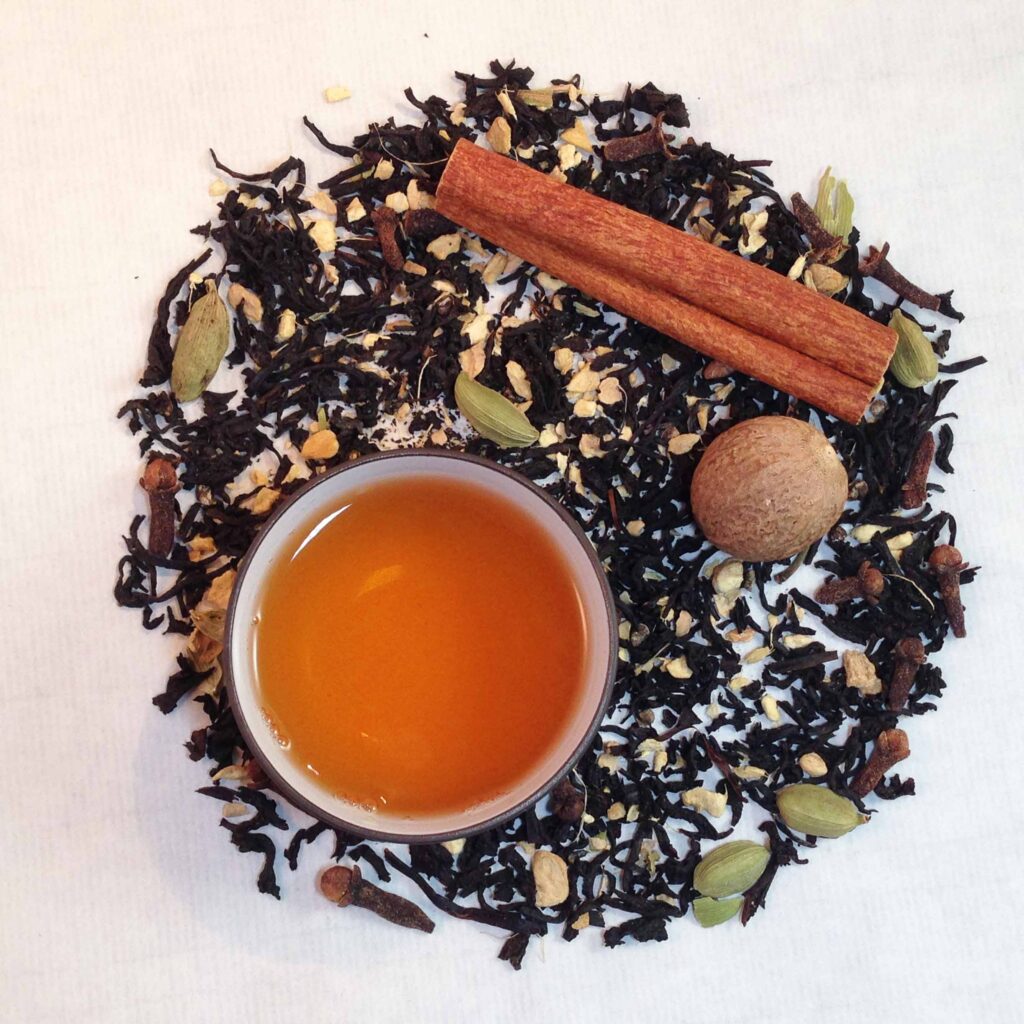
Our Firefly chai is a house blend, but it doesn’t stray far from classic chai flavors. In addition to black tea, it contains ginger root, cinnamon, cloves, cardamom, vanilla and nutmeg. We think the vanilla and cardamom help turn this tea into one characterized by perfect balance. It enlivens taste buds like fireflies dazzle the night sky, and leaves a lingering sweetness on the palate.
Indian Teas for AAPI Month: Masala Chai
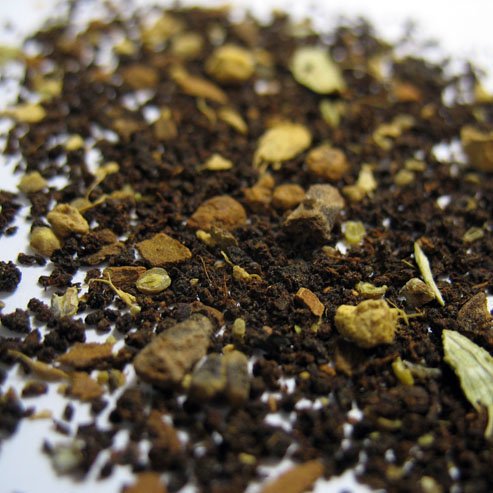
Masala chai is more than just another kind of chai. In fact, it’s the OG chai, the style that got it all started. And our house blend is an ideal marriage of strong, finely ground black tea and bold spices. For this gem, we begin with strong Irish Breakfast tea. We then punch up the Camellia sinensis with cinnamon, ginger, anise, black peppercorn, cardamom, clove and bay leaf. Masala chai is spicy, complex and grand with milk and sugar for an authentic chai experience.

